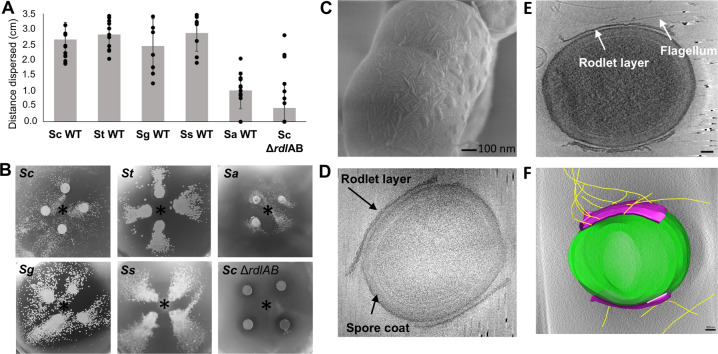Fig. 4. Hitchhiking of Streptomyces spores is facilitated by the presence of rodlin proteins.
ABs swarm assays with both wild-type (WT) Streptomyces spores (S. coelicolor n = 20, S. tendae n = 12, S. griseus n = 8, S. scabies n = 8, S. avermitilis n = 12) and Sc spores lacking the rodlin proteins (Sc ΔrdlAB n = 24) demonstrate that spores are dispersed in all tested WT species but with S. avermitilis dispersed the shortest distance, and dispersal is abrogated by the loss of the rodlins in Sc. Results are expressed as the mean of dispersal distance ± standard error of the mean. Differences for Sc ΔrdlAB and Sa dispersal compared to WT Sc, St, Sg, and Ss strains are statistically significant using a two-tailed null hypothesis significance test (p < 0.05). B Representative images of Bs/spore swarm plates from A. The Bs innoculation site is denoted with an asterisk. C SEM of WT Sc spores shows the rodlet layer with pairwise rodlets of 20 nm spacing. D A representative cryo-ET image of isolated Sc WT spores shows that the rodlet layer does not cover the entire spore but leaves the poles exposed (n = 22). E Cryo-ET reconstructions show that flagella preferentially interact with the rodlet layer (n = 12). Scale bar 100 nm. F Segmentation of the reconstruction from E clearly demonstrates the flagella:rodlin interaction. Spore body: green, rodlet layer: purple, flagella: yellow. Scale bar 100 nm (Color figure online).

